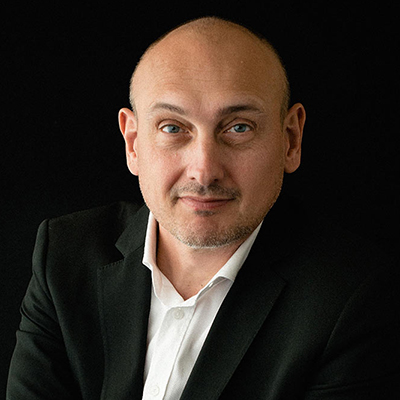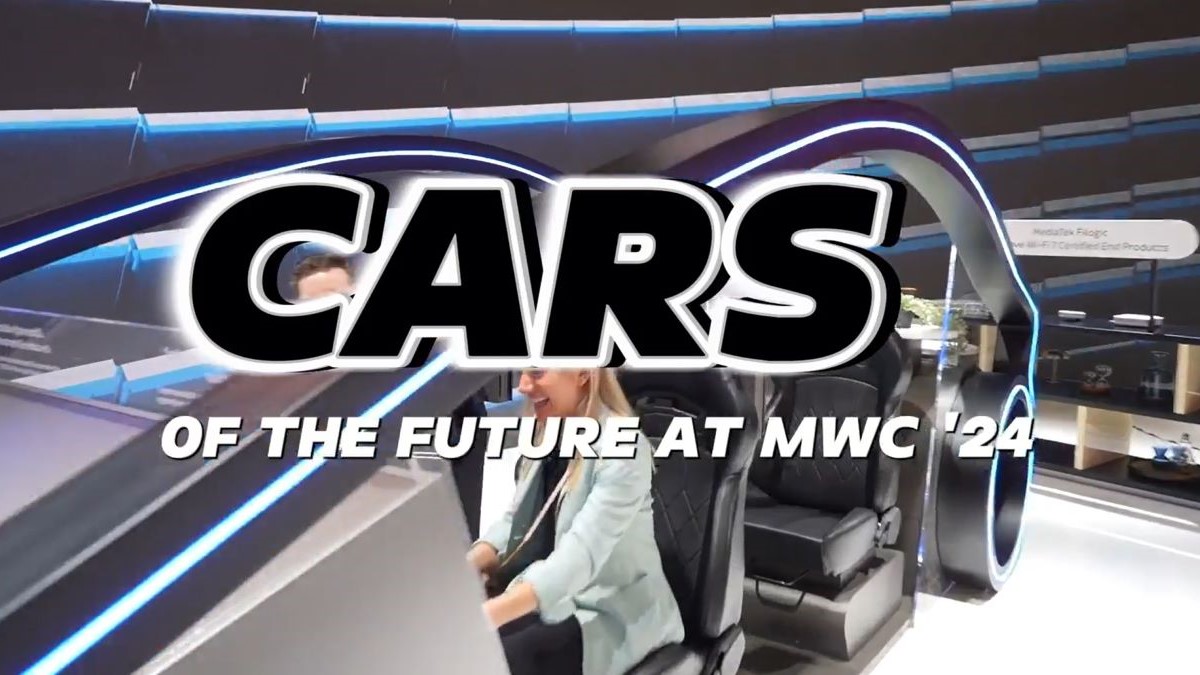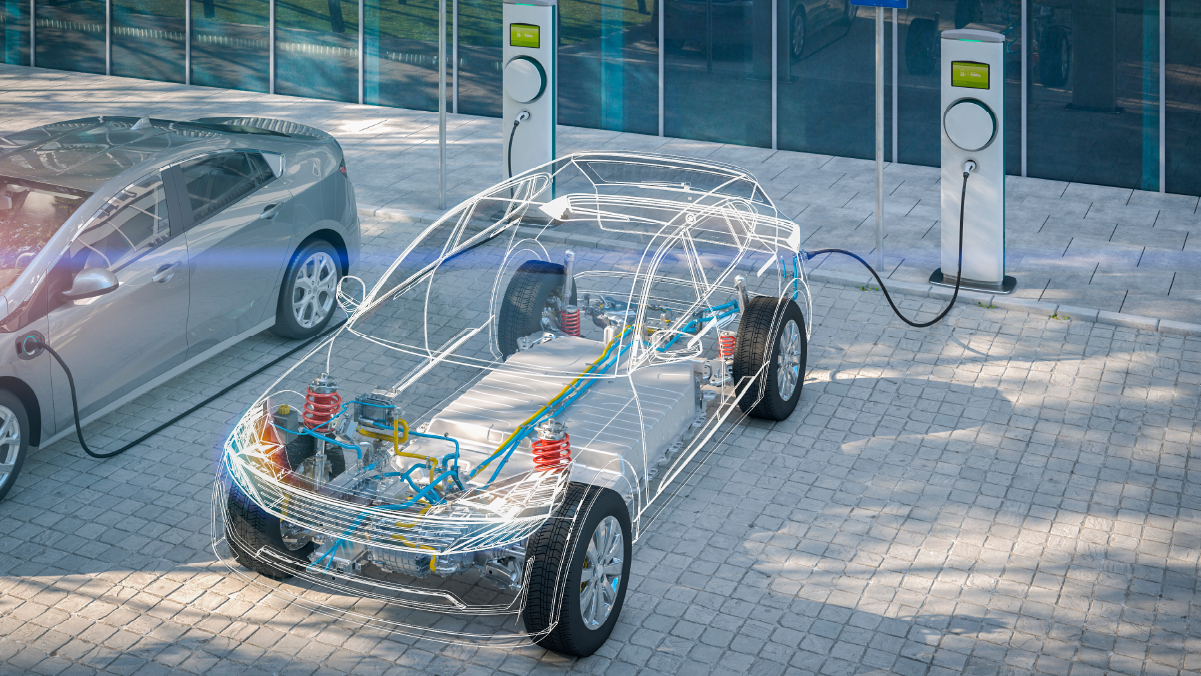Visitors to this year’s Mobile World Congress (MWC) in Barcelona, Spain, come looking for the latest in mobile network technology and services. But for MWC venue operator Fira de Barcelona, the most important network of all is not a mobile one, but wireless.
During MWC, Fira runs two wireless networks across the sprawling Gran Via venue on the outskirts of Barcelona. One provides free Wi-Fi access to visitors. The other supports the 1,500 exhibitors at the show. Both add important value to Barcelona’s attractiveness as a conference destination.
Barcelona is one of the Europe’s top five cities for conferences and exhibitions, according to the 2021 Convention Cities Index. And conventions are a major economic motor for the local economy.
When MWC was cancelled because of COVID-19 in 2020, the city lost an estimated EURO€500 million (around US$565 million today). The mobile event alone is thought to have brought €5.3 billion ($6 billion) into the city since it moved to Barcelona in 2006.
As the operator of Barcelona’s biggest conference venues, Fira is keen to safeguard that value.
Naturally, it cannot do that on the strength of its wireless infrastructure alone—conference organizers look for a lot more than Wi-Fi strength when selecting a location, and here Barcelona’s hotel offering, global connections, and safety rating all play an important role.
But it is also increasingly vital for venues to offer world-class connectivity. Hence Fira’s Wi-Fi networks, developed in partnership with Cisco® and MWC organizer the GSMA, are built to provide one of the most complete wireless experiences of any venue in the world.
For MWC, the 1,500 Cisco wireless access points spread across the more than 2,583,000 square feet (240,000 square meters) of exhibition space have to offer performance that rivals the latest mobile network technology on offer from Spanish service providers such as Telefónica.
This year, that means offering Wi-Fi 6 in the three busiest halls at MWC. Were it not for the fact that COVID-19 has halted investment over the last two years, all halls would likely have Wi-Fi 6E by now, says Carlos Sanchez Baena, Fira’s telecommunications services manager.
The wireless network not only provides basic connectivity but is a key part of Fira’s smart venue vision, in which sensors will allow event organizers to monitor all aspects of a show in real time. Fira has long used its wireless network to analyze visitor traffic and behavior.
Last year at MWC, for example, the venue operator used a combination of wireless device tracking and camera data to gauge when a buildup of crowds might breach COVID-19 distancing rules.
This year, with COVID-19 more under control, the same technology could help give exhibitors useful data on visitor footfall and movements.
This year’s show will also give attendees a taste of OpenRoaming, which could improve attach rates—the proportion of people that use a venue Wi-Fi and therefore benefit from better services—from a typical 50 percent to up to around 90 percent.
In time, Sanchez says Fira hopes to use ultra-wideband technology to pinpoint the position of visitors with “centimeter accuracy.”
Plus, Fira is aiming to use wireless as the foundation for Internet-of-Things capabilities such as automatic detection and response to safety incidents.
Sanchez’s vision is to have a single dashboard where event organizers get real-time information on everything from the number of visitors on site to the cleanliness of the restrooms or the location of catering crews.
Fira’s wireless innovations are primarily driven by its association with Cisco and GSMA, but they benefit all conference organizers—and visitors—who choose Barcelona as a destination.
And Sanchez believes the digital experiences delivered by Wi-Fi could be a key factor in helping people make that choice again and again. “We think digitalization is one of the points that makes us more attractive as a venue,” he says.
Fira relationship with Cisco works both ways. Cisco uses MWC as a showcase for its latest technologies. Wi-Fi 6E might not be present across the venue this year but it will be on show at the Cisco stand, says Matthew MacPherson, Cisco’s wireless chief technology officer.
MWC gives Cisco an excuse to push its technology to the limits, MacPherson says. At the show, “everyone has the latest wireless technology,” he points out. “They really give us a view two years in advance of how the mass market is going to move.”
###




